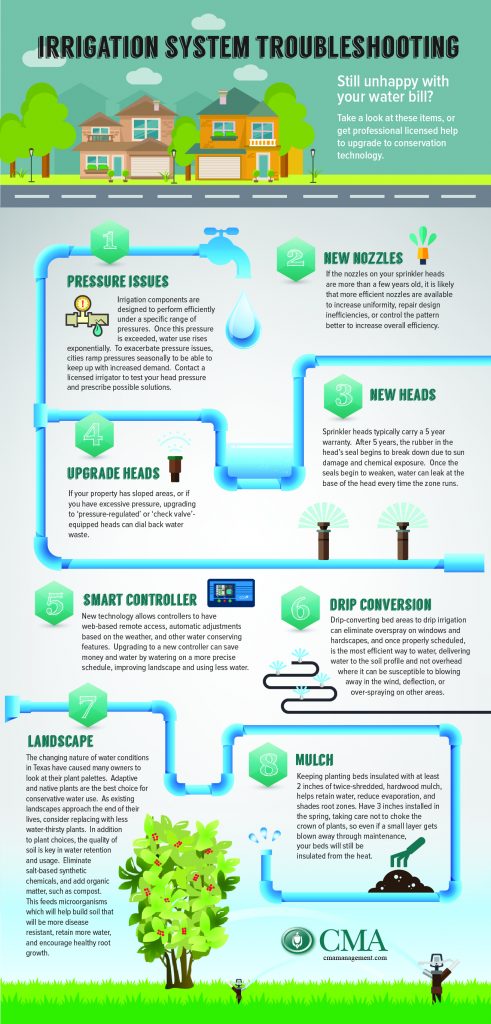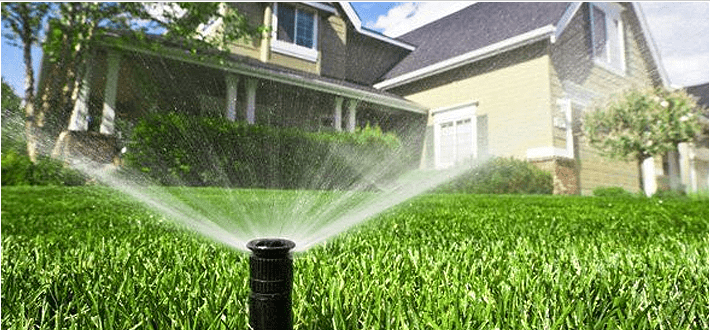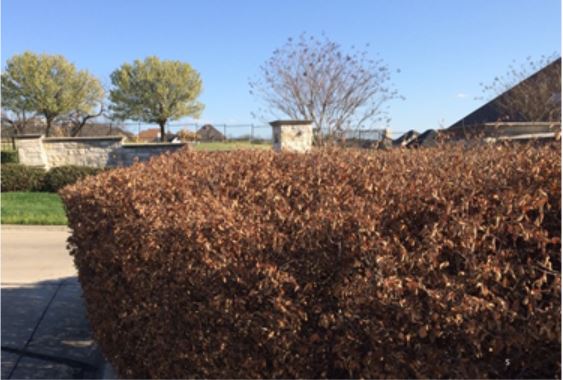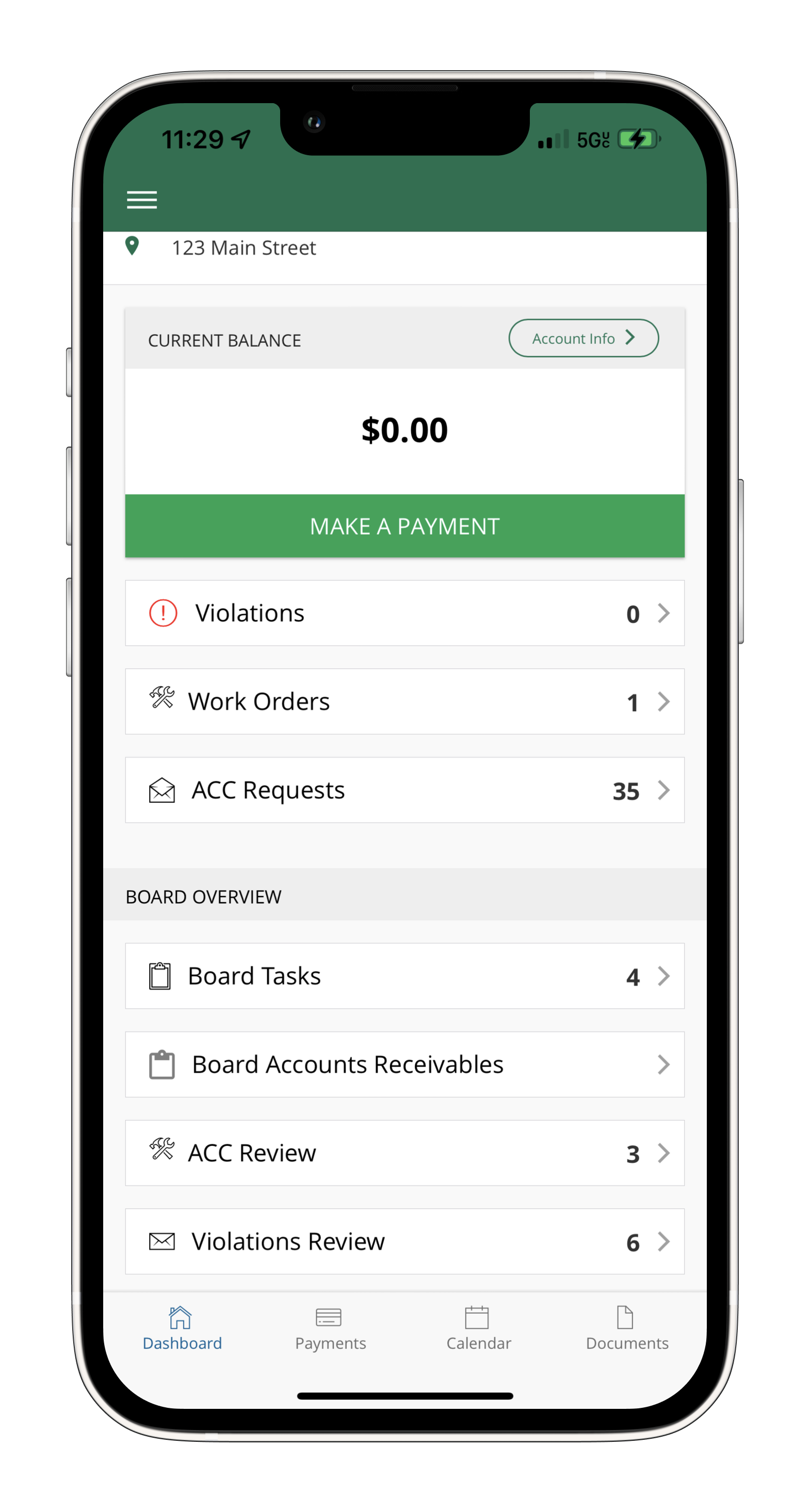
Architectural Guidelines Aren’t the Solution to These ACC Issues!
October 1, 2019
The Best Things You Can Do for Your Landscape this Fall
November 16, 2020
Understanding how to monitor and troubleshoot your sprinklers for system problems, as well as water usage, can substantially reduce your costs.
How does an HOA community manager know when troubleshooting is necessary? Three circumstances merit attention: 1) When the system no longer performs the way it once did, 2) when changes in the landscape occur (naturally or through projects), and 3) when water bills rise, either suddenly or gradually.
When Your System Won’t Run
When sprinklers simply will not turn on, put on your Sherlock Holmes cap and conduct a process of elimination to arrive at the root cause of your problem. We recommend this sequence of steps:
- Confirm the easy stuff. It could be electrical. Check the electrical outlet the system is plugged into by plugging in a hair dryer or another appliance that you know works. The culprit could also be the water supply. Check the water meter and double check valve to be certain the water supply wasn’t inadvertently turned off.
- Check the controller again. Is the time and date correct? A recent power loss can alter the schedules. Check the schedule and ensure that the watering days are correct, and in accordance with your city’s regulations.
- Check all watering zones. If just one zone isn’t working, the problem may be a failed valve or cut zone wire. If all or several zones are not running, this may indicate a cut common wire. Check any areas where digging, fence installation, or any soil disruption has occurred for broken wires.
- Work with a licensed irrigation services company. Having a relationship with an irrigation company that you trust is imperative. Your provider should offer proactive service while they are on-site by checking the whole system and each zone for other issues while they are making repairs. Take advantage of their expertise by asking questions about your watering schedule and learning how to run all the features of your controllers.
- Inspect the system for leaks. Inspect each sprinkler emitter for leaks, as well as sidewalks and streets where leaks would run off. Does the leak flow constantly, or just when a zone is running? This check helps you distinguish between a mainline leak, which leaks all the time, and a lateral line leak, which runs only when that zone is actuated. Both types of leaks are emergencies, but the mainline leak is more concerning. In this case, if your system is not equipped with a shutoff valve, call your irrigation company right away.Leaks can also be caused by an emitter malfunctioning. Lawn mowers and edgers can nick a nozzle, cut a drip line, or break a head at the bottom connection. Components can also be broken by bikes or skateboards, dog leashes, or being run over by a vehicle. Sometimes a disconnected part can simply be reattached; other times it will need to be replaced. Requesting swing joints on all repairs can make future problems less likely, particularly in high traffic areas (pedestrians or vehicles).
- Observe the areas for dry spots. Though it sounds counterintuitive, a dry spot can be caused by a leak. If a head or pipe is broken in the same zone on the other end of a flower bed, water follows the path of least resistance. This can cause decreased pressure at the other end of the zone. Turn on that zone to check that every emitter is working consistently.
 When Water Usage is the Problem
When Water Usage is the Problem
Often, the first serious warning sign of a costly problem is a suffering landscape or an unusually high water bill. We recommend this sequence of steps to ensure appropriate and cost-effective water usage for your landscape:
- Check the meter. Almost all meters have a leak indicator. This is typically a small arrow or triangular meter located in the screen. Confirm that there is no water currently running and check the indicator. If it is moving, there is a leak somewhere in the system.
- Keep tabs on your monthly water bills. Municipalities increase water rates year-over-year, but not month-to-month. If you have a gradual or sudden rise in your bills (over the course of months or even years), your system could be wasting water-especially if routine maintenance has not been performed on your systems. Running each zone at least seasonally, if not monthly, will show if there are broken components, mismatched coverages, or needed improvements.
- Your irrigation schedule should change with the seasons, as plants and lawns have active growing times as well as dormant months. Your irrigation services company should be continuously adjusting your sprinkler schedule down as the weather gets colder and up again as it gets warmer. Factor these seasonal water usage changes in as you monitor your monthly water bills.
- Changes in your landscape, such as new sidewalks, expanding flower beds, and new plantings will require irrigation systems to be moved and adjusted to ensure the right water is being applied to the right plants, and that nothing was damaged during the projects. A good rule of thumb is to budget 20 percent of the total landscape project price to irrigation changes. Then account for these changes in your projections for the monthly water bills.
Vigilance in monitoring, troubleshooting, and maintenance will protect the longevity of your community’s irrigation investments, and ensure cost-effective water usage each month.

Amanda Griffin
President, Smart Outdoor Services, Inc.
CIC, CLIA TXLi#10969, EPA WaterSense Partner
Smart Outdoor Services Inc. is a leading water management company that helps properties of all sizes use outdoor water more efficiently while promoting healthy landscapes.






